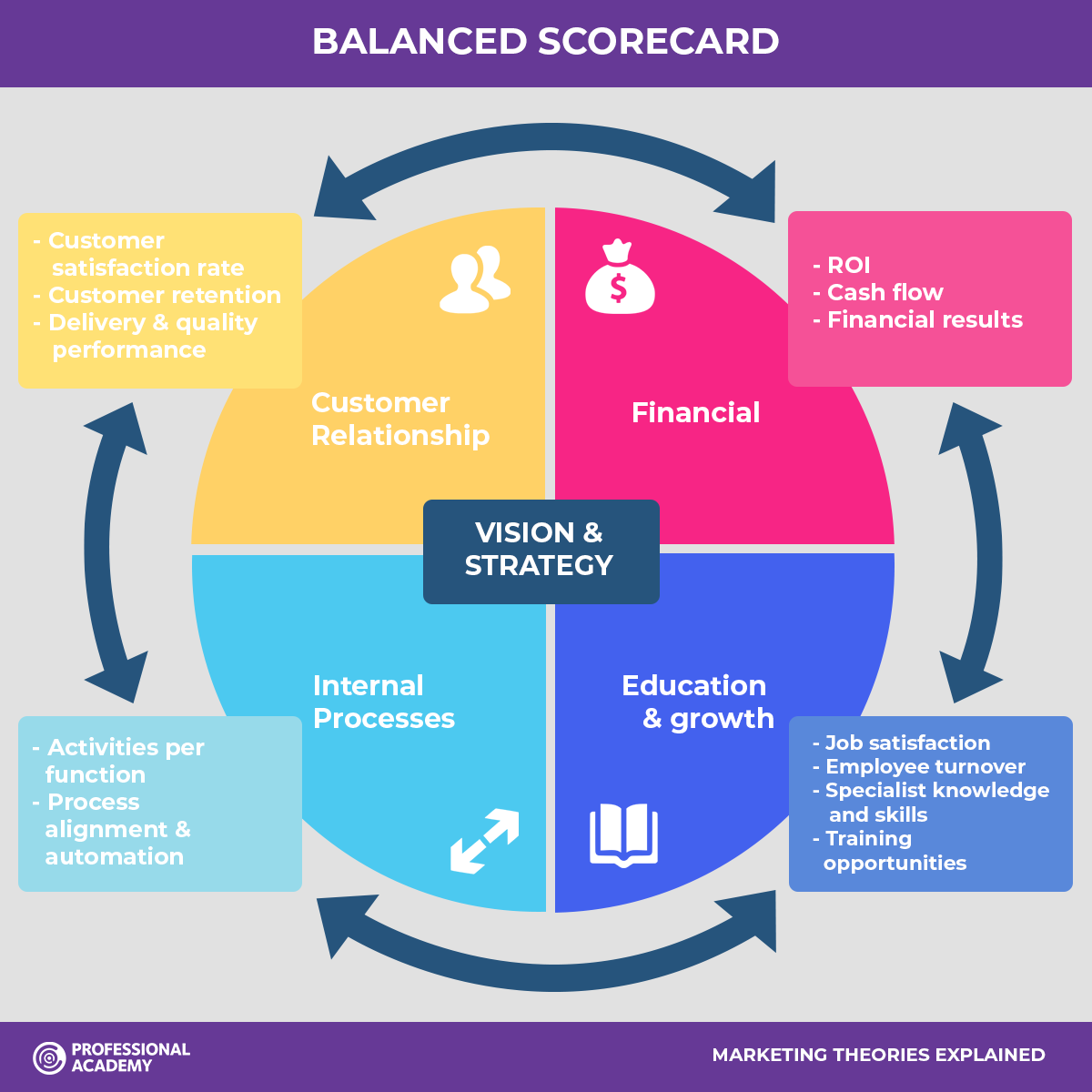Session-38
18 Jan 2022
The discussion started with how the control function acts as a feedback system in management. The conventional perception of management control is that it is a feedback system comparable to a home thermostat. Managers can utilise feedback control to assess how effectively their teams met the specified goals at the end of a manufacturing process. The team's progress is assessed via feedback control, which compares the output the team planned to generate with what was actually achieved. We also discussed the product life cycle. A product's life cycle is divided into four stages: introduction, growth, maturity, and decline. Management and marketing professionals utilise this notion to determine when it is appropriate to enhance advertising, lower prices, expand into new areas, or alter the packaging. Product life cycle management is the practice of planning ways to constantly support and sustain a product. Product innovation, improving a firm's longevity, competitiveness, promotion, entering new markets, complimentary items, product branding, advertising, product innovation, and brand extension can all help a company perform better during its mature stage (eg-Maggi, Maggi masala, Maggi sauce etc)
In the controlling process, the manager compares the performance to the standards set. The need to revise standards or take corrective action arises when the standards are not attained or when the level of variance is not within acceptable limits. Hence the manager has to take various decisions in order to achieve specified goals.


No comments:
Post a Comment